Table of Contents
In today’s rapidly urbanizing world, urban wildlife is emerging as one of the most fascinating phenomena of modern ecology. As cities expand and natural habitats shrink, many animal species are not only surviving but thriving in the concrete jungle. This article delves into how urban wildlife adapts to metropolitan environments, the challenges these creatures face, and the benefits they bring to our urban ecosystems.
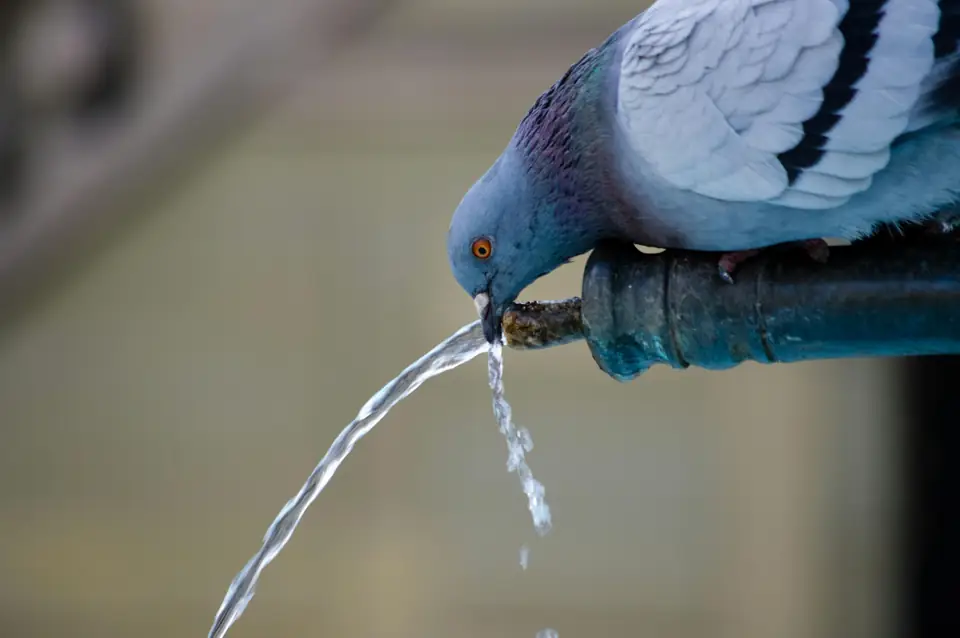
Introduction: The New Frontier for Urban Wildlife
Cities are no longer just human habitats; they have evolved into complex ecosystems where nature and urban life intersect. From the soaring skyscrapers to the quiet parks and even abandoned lots, urban areas are rapidly becoming refuges for diverse species. Observing urban wildlife in action reminds us that nature is remarkably resilient. As we explore this phenomenon, we gain insights into the adaptive behaviors and survival strategies that allow these animals to flourish despite the challenges of city life.
In this article, we will explore the many facets of urban wildlife—from the adaptive traits that help them survive in unpredictable environments to the benefits they provide to urban residents. We will also discuss how responsible urban planning can help foster a harmonious coexistence between humans and wildlife.
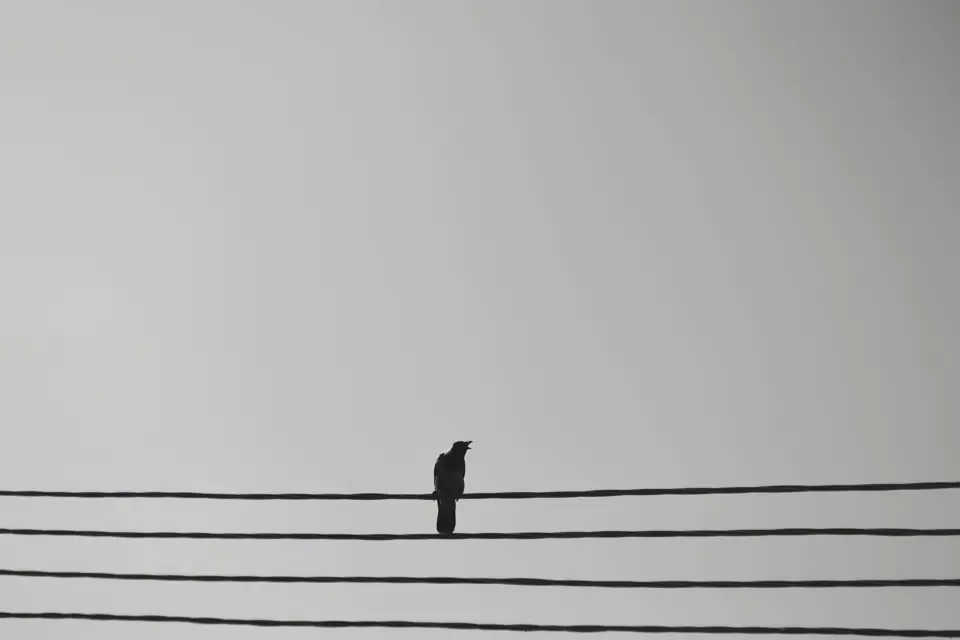
The Urban Landscape: A New Habitat for Wildlife
Redefining Home in a Concrete Jungle
Traditionally, we think of wildlife as inhabitants of expansive forests, deep oceans, or rugged mountains. However, the urban landscape has inadvertently become a new habitat. Buildings, parks, back alleys, and even rooftop gardens offer shelter, food, and breeding grounds for numerous species. These areas can sometimes provide a more stable environment than fragmented natural habitats, which are often subject to seasonal changes and human-induced disturbances.
Urban areas can offer:
- Abundant Food Resources: Waste disposal systems, gardens, and even intentional feeding by residents create food sources.
- Shelter and Nesting Sites: Buildings, bridges, and other structures provide ideal hiding spots and nesting areas.
- Reduced Predation: In some cases, the lack of natural predators in cities can result in higher survival rates for certain species.
- Traffic and Pollution: High levels of air and noise pollution, along with busy roads, pose constant threats.
- Habitat Fragmentation: Urban development often leads to isolated green spaces, limiting the movement and genetic diversity of wildlife populations.
- Human-Wildlife Conflicts: As animals encroach on human spaces, conflicts can arise, sometimes resulting in negative outcomes for both parties.
- Limited Natural Resources: While food may be plentiful in some forms, the nutritional quality and safety of these sources can vary widely.
- Dietary Flexibility: Urban dwellers often have varied diets. Raccoons, for example, can consume almost anything from discarded food to natural prey. This dietary flexibility is a key factor in the success of urban wildlife.
- Behavioral Adjustments: Many species adjust their activity patterns to avoid human interaction. Nocturnal creatures, such as bats, have adapted to be active at night, reducing encounters with busy daytime traffic. Learn more about these adaptive behaviors in our post on Nocturnal Guardians: 6 Bat Facts.
- Nesting in Unusual Places: Birds like the peregrine falcon have taken to nesting on skyscrapers and bridges, mimicking the cliffside habitats of their ancestors. Discover the incredible story of these urban hunters in our article Peregrine Falcon: A Bird Faster Than a F1 Car!.
- Communication and Navigation: Urban animals rely heavily on their innate ability to navigate complex environments. Whether it’s using landmarks or sound echoes, these skills help them find food and avoid danger. More details on this fascinating topic can be found in Animal Navigation: Fascinating Wonders of Instinctual Guidance.
- Biodiversity Boost: A diverse array of species can improve the resilience of urban ecosystems, making them better able to withstand environmental changes.
- Educational Opportunities: Urban wildlife provides city residents, especially children, with a firsthand look at nature, fostering environmental awareness and stewardship.
- Recreational Value: Watching birds, bats, or even the occasional urban fox can be a source of joy and relaxation, enhancing the quality of urban life.
- Ecosystem Services: Many urban animals play roles in pollination, pest control, and waste management, contributing to a healthier environment.
- Creating Green Corridors: Integrating parks, green roofs, and community gardens into urban planning can provide safe havens and migration routes for wildlife.
- Public Education: Raising awareness about the benefits of urban wildlife helps reduce fear and promote tolerance. Educational programs can empower residents to coexist with local fauna.
- Sustainable Waste Management: Improving waste disposal systems can reduce the availability of harmful food sources, encouraging healthier wildlife populations.
- Community Involvement: Local communities can play a crucial role in conservation efforts, such as organizing clean-up drives and citizen science projects to monitor urban animal populations.
- Responsible Urban Design: Architects and urban planners can design buildings and infrastructures that accommodate wildlife habitats, ensuring that cities are both human-friendly and wildlife-friendly.
- Smart City Technologies: Integrating technology into urban planning can help monitor wildlife populations, predict potential conflicts, and design effective conservation strategies.
- Eco-Friendly Architecture: Buildings that incorporate natural elements—such as green walls, rooftop gardens, and bird-friendly glass—can significantly reduce the impact of urbanization on wildlife.
- Community-Based Conservation: Empowering local communities to participate in conservation efforts can lead to more sustainable and effective outcomes.
- Research and Innovation: Continued research into the behaviors and needs of urban species will provide valuable insights for future urban planning and wildlife management.
This unexpected shift in habitat highlights the adaptability of urban wildlife and underscores the importance of considering urban spaces as viable ecosystems.
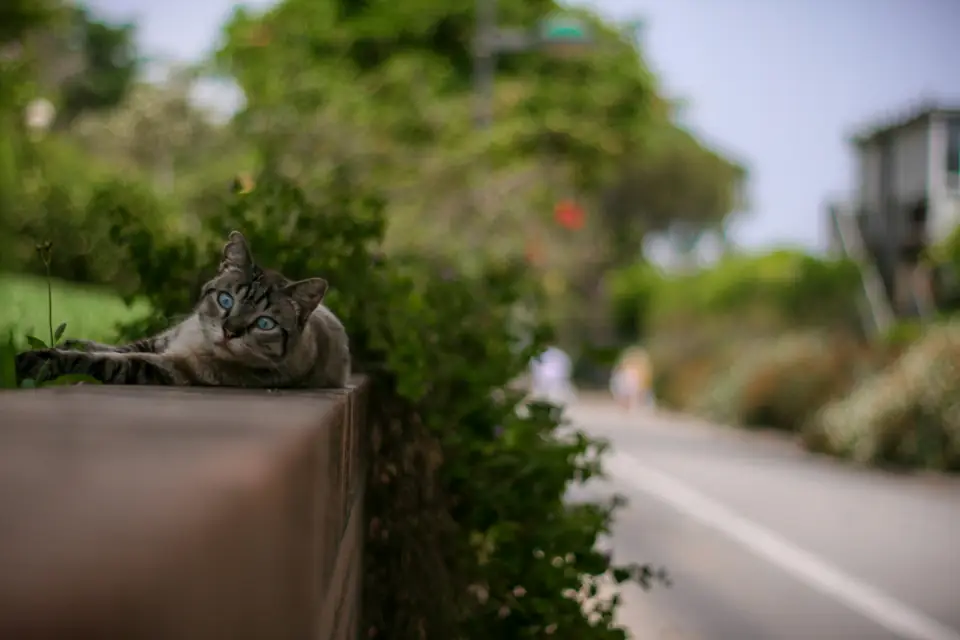
Challenges Facing Urban Wildlife
Navigating a Man-Made Environment
Despite the benefits, urban wildlife also faces significant challenges in the concrete jungle. The survival of these animals depends on overcoming several obstacles, including:
Understanding these challenges is essential for developing strategies to help urban wildlife not only survive but also thrive in these man-made environments.
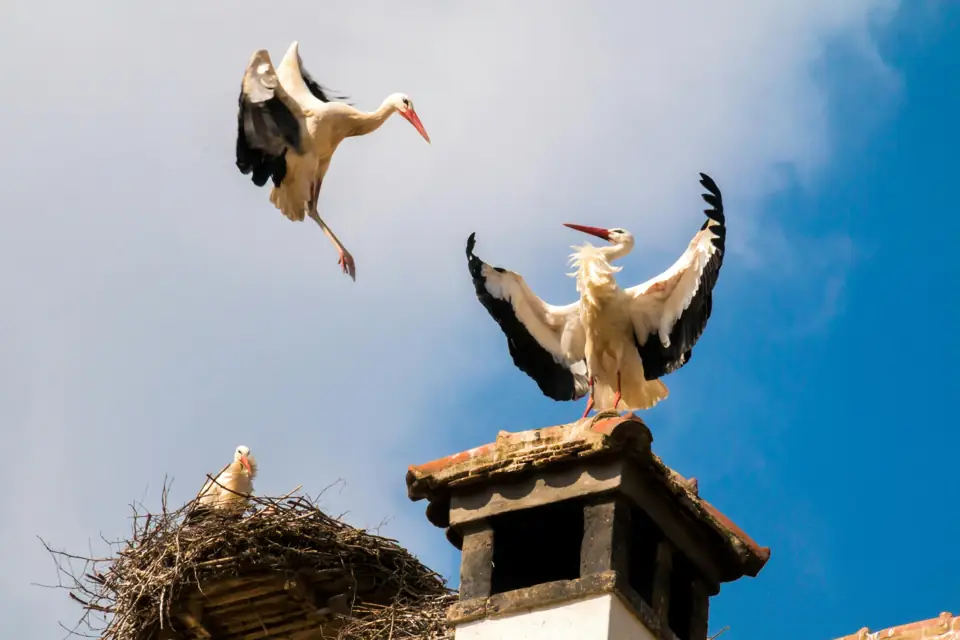
Adaptations: Survival Tactics in the Urban Jungle
Ingenious Strategies for City Life
Animals that succeed in urban environments have evolved remarkable adaptations to counter the challenges of city life. Here are some notable survival tactics:
These adaptations not only illustrate the resilience of urban wildlife but also offer insights into the evolutionary pressures exerted by urbanization.

Notable Species of Urban Wildlife
Celebrating Diversity in the City
Several species have become emblematic of urban wildlife, demonstrating incredible adaptability and resilience. Here are a few noteworthy examples:
Peregrine Falcons
Once endangered, peregrine falcons have made a remarkable comeback by nesting on tall urban structures. Their speed and hunting prowess make them one of the most impressive examples of urban wildlife adapting to city life.
Bats
Urban areas provide bats with ample roosting sites in abandoned buildings and bridges. Their nocturnal lifestyle allows them to thrive despite the hustle and bustle of city life. For an in-depth look at these fascinating mammals, check out our post on Nocturnal Guardians: 6 Bat Facts.
Stray Cats
Often seen as part of the urban landscape, stray cats have evolved unique ways of communicating and surviving in cities. Understanding their behavior can be enriching for urban dwellers. Read more about their behavior in Cat Language: Understand Your Feline Friend.
Urban Rodents
While often viewed as pests, urban rodents play a crucial role in the ecosystem by cleaning up waste and serving as a food source for larger predators. Their presence is a testament to the adaptability of urban wildlife.
Other Adaptable Creatures
From urban foxes to pigeons and even insects, a myriad of species has carved out a niche in the city. These animals contribute to the biodiversity and ecological balance of urban environments, often displaying behaviors and adaptations that are truly remarkable.
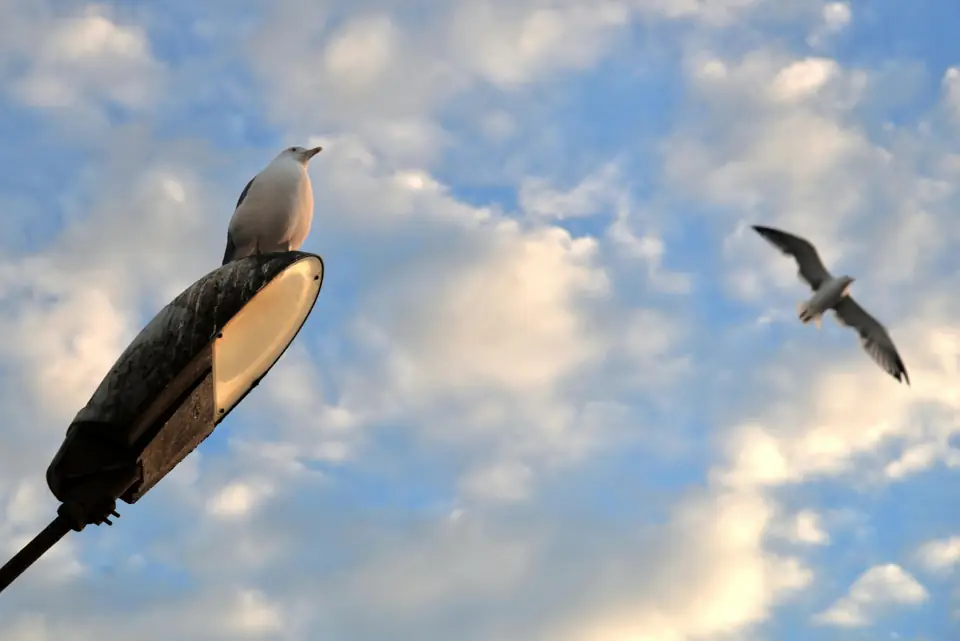
Benefits of Urban Wildlife in Modern Cities
Enhancing Biodiversity and Quality of Life
The presence of urban wildlife offers several benefits to city dwellers, including:
In our post Animal Superpowers: 10 Incredible Abilities in the Wild, we explore some of the extraordinary abilities that help animals not only survive but also enhance their ecosystems.

Human-Wildlife Interaction: Coexisting in Urban Spaces
Building a Harmonious Future
As urban areas continue to expand, it becomes increasingly important to develop strategies that promote coexistence between humans and urban wildlife. Here are some key approaches:
By fostering a symbiotic relationship between people and nature, cities can transform into vibrant ecosystems where both humans and urban wildlife flourish.

The Future of Urban Wildlife
Challenges and Opportunities Ahead
The trajectory of urban wildlife is intertwined with the future of urban development. As cities grow, innovative solutions and sustainable practices will be essential to support these resilient species. Some promising avenues include:
The evolving landscape of our cities presents both challenges and opportunities. With thoughtful planning and innovative solutions, we can ensure that urban wildlife remains an integral and celebrated part of the urban fabric.
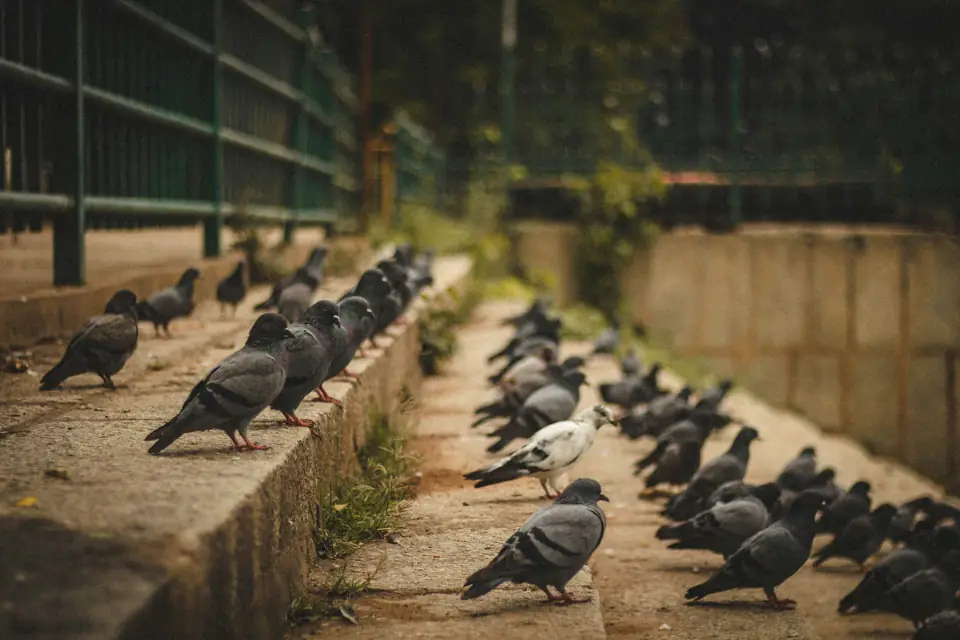
Conclusion: Embracing Urban Wildlife for a Better Tomorrow
The resilience of urban wildlife is a testament to nature’s adaptability. As we witness these incredible creatures thrive amid the urban chaos, it becomes clear that our cities can serve as vibrant ecosystems supporting both human and animal life. By embracing and understanding the dynamics of urban wildlife, we pave the way for cities that are not only livable for people but also hospitable to the natural world.
As you explore your local urban landscapes, take a moment to appreciate the wildlife that shares your space. Whether it’s a soaring peregrine falcon nesting on a city skyscraper, a bat emerging at dusk, or a stray cat roaming the alleyways, these animals enrich our urban experience and remind us of the intricate web of life that connects us all.
For more fascinating insights into the animal kingdom, be sure to check out our related articles such as Animal Navigation: Fascinating Wonders of Instinctual Guidance and Animal Superpowers: 10 Incredible Abilities in the Wild. By learning more about these topics, we can all contribute to creating a more sustainable and wildlife-friendly future.
F. A. Q. about Urban Wildlife
What is urban wildlife?
Urban wildlife refers to the variety of animal species that live in cities and other urban areas. These species adapt to the man-made environment by altering their behavior, diet, and nesting habits to thrive in places dominated by human activity.
Why are some species thriving in urban areas?
Many species succeed in urban settings due to their ability to adapt to changing environments. Factors such as abundant food resources, reduced predation, and the creation of new habitats—like green roofs and parks—contribute to their success.
Are urban wildlife species dangerous to humans?
Generally, most urban wildlife poses little threat to humans. In fact, these animals often play beneficial roles, such as controlling pest populations or pollinating plants. However, it is important to treat all wildlife with respect and maintain a safe distance.
How can cities promote a healthy environment for urban wildlife?
Cities can support urban wildlife by integrating green spaces, creating wildlife corridors, implementing sustainable waste management, and encouraging community involvement in conservation projects. Thoughtful urban planning can make a significant difference in promoting biodiversity.
What are some common examples of urban wildlife?
Common examples include peregrine falcons nesting on buildings, bats finding shelter in abandoned structures, stray cats adapting to city life, and various rodents that help keep urban ecosystems balanced. Each species has its own unique adaptations that allow them to thrive in the concrete jungle.
How can I help support urban wildlife in my community?
Residents can contribute by creating bird-friendly gardens, supporting local conservation efforts, reducing waste, and educating others about the importance of biodiversity in urban areas. Simple actions can lead to a healthier environment for both people and wildlife.
Urban environments present a unique opportunity to reimagine our relationship with nature. By understanding and appreciating urban wildlife, we can build cities that are vibrant, sustainable, and full of life. Whether you are a lifelong city-dweller or new to urban living, recognizing the natural world around you is the first step towards a more harmonious coexistence. Embrace the wild side of your city, and let the resilience of urban wildlife inspire you every day.



Hello There. I found your weblog using msn. This is a very well written article. I will be sure to bookmark it and come back to learn more of your helpful info. Thank you for the post. I will certainly comeback.